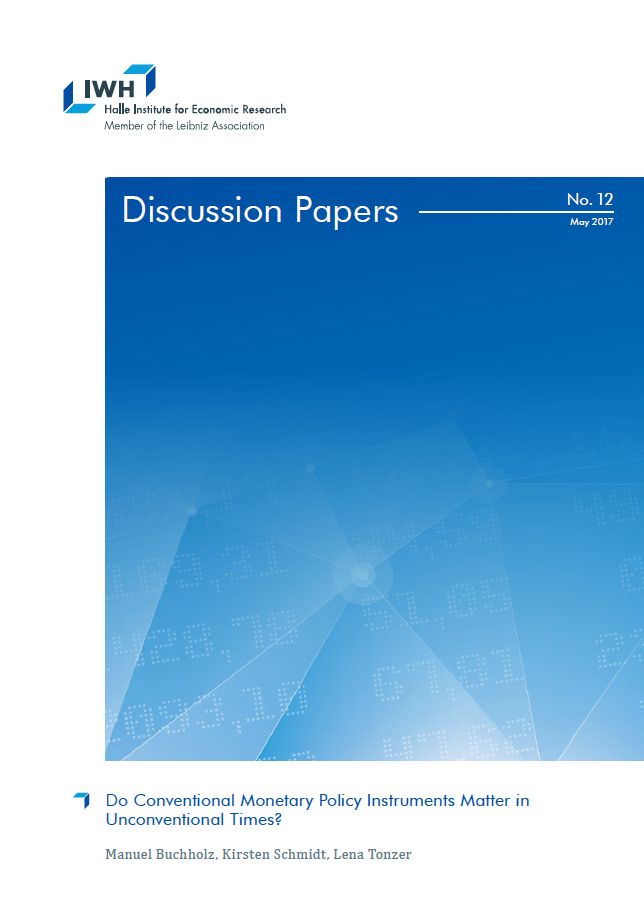
Do Conventional Monetary Policy Instruments Matter in Unconventional Times?
This paper investigates how declines in the deposit facility rate set by the European Central Bank (ECB) affect bank behavior. The ECB aims to reduce banks’ incentives to hold reserves at the central bank and thus to encourage loan supply. However, given depressed margins in a low interest environment, banks might reallocate their liquidity toward more profitable liquid assets other than traditional loans. Our analysis is based on a sample of euro area banks for the period from 2009 to 2014. Three key findings arise. First, banks reduce their reserve holdings following declines in the deposit facility rate. Second, this effect is heterogeneous across banks depending on their business model. Banks with a more interest-sensitive business model are more responsive to changes in the deposit facility rate. Third, there is evidence of a reallocation of liquidity toward loans but not toward other liquid assets. This result is most pronounced for non-GIIPS countries of the euro area.





